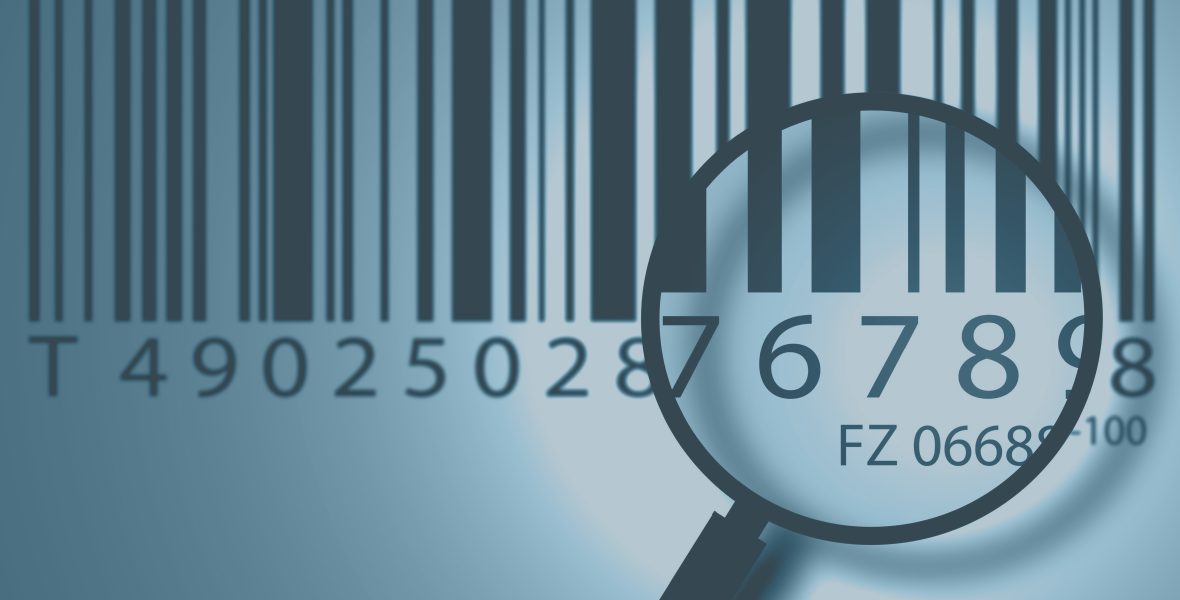An ISBN is an International Standard Book Number, a series of numerals unique to each published book. If the original book were a hardcover, a paperback would have a different ISBN, as would a following edition and an ebook. But a reprinted book has the same ISBN.
Where do you find your book’s ISBN?
The ISBN is typically found on a book’s back cover, paired with a bar code.
The ISBN system used today in the U.S. features 13 digits, but that wasn’t always the case. In 1965, Gordon Foster, a statistics professor at Trinity College in Dublin, created the Standard Book Number system using nine numerals. In addition, Englishman David Whitaker and Romanian Emery Koltay tacked on another numeral.
The International Organization for Standardization (ISO) Technical Committee on Documentation (TC 46) convened a meeting of member countries in 1968. The meeting explored the idea of making the Standard Book Number international. They held subsequent meetings with member representatives from the ISO, and, in 1970, the ISO approved the International Standard Book Number.
Since 2007, the ISBN in the U.S. features 13 numerals. An ISBN is not a collection of random numerals, hence you can separate the numerals into different parts to understand the label process. Reading left to right, the first four numerals represent the prefix element; the next two, the registration group; the next four pertain to the publisher; the next three, the title; and the last, the check digit.

In every country, a different agency issues ISBN’s, but they’re all administered by the London-based International ISBN Agency. In the United States, R.R. Bowker issues the ISBNs for works published here. Emery Koltay worked to make Bowker the U.S. issuing agency and continued with the company until his death in 2012. In the U.S., registering a single ISBN may cost $125, and all registered titles are listed in Bowker Books in Print.

